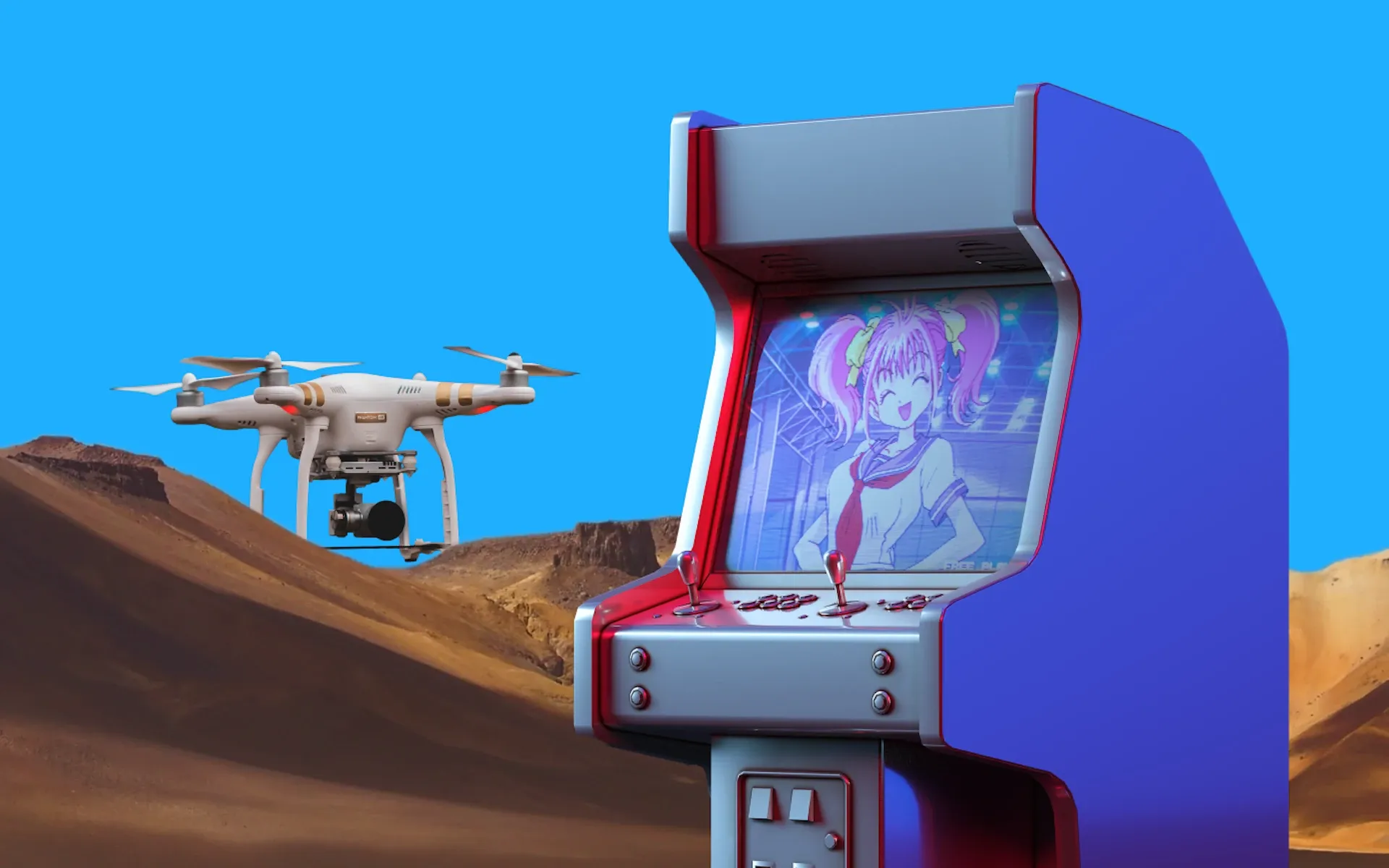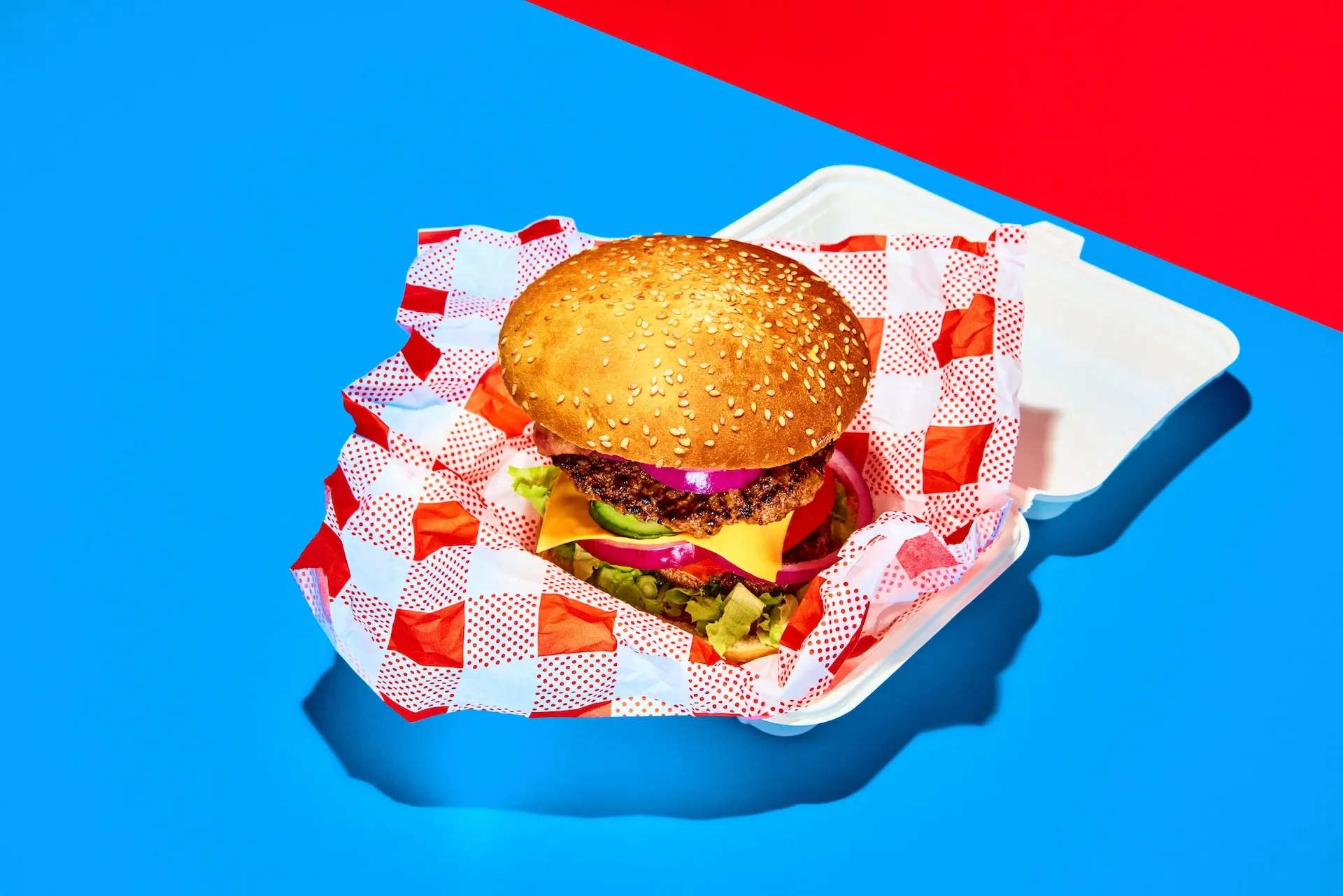How music, gaming, and storytelling are leading a creative renaissance across media
The future of entertainment is now. Here’s a summary of our CEO’s panel discussion at SXSW on music, gaming, and the power of fandom.

What do a mobile game, a Minecraft YouTube series, and a Swedish pop song have in common? In 2025, the answer is…well, everything.
We’re living through a creative shift where media formats aren’t only colliding, but combining. A game can lead to a movie, a song can become a narrative theme, and a short-form video can launch a global brand.
Because today’s audiences aren’t “just” content consumers. Rather, they’re active participants, drawn to media through all manner of different touchpoints. In this case, it’s the triple-threat of music, gaming, and storytelling.
Each of these elements can drive emotional connections in isolation — a great game can pull someone in as much as a massive earworm, and vice versa. But when they work together, when they really work together, they build something powerful: fandom that lasts.

Breaking boundaries: From games and videos to narrative worlds
What started as isolated formats — games, video, music — has evolved into complex, interconnected ecosystems. Brands and creators now own IPs that stretch across YouTube, streaming services, app stores, social media, live events, physical products, and more. This is transmedia storytelling that goes beyond format, and it’s no longer a nice-to-have. It’s expected.
Take Angry Birds. Wind back the clock to 2009, and it’s a fun little mobile game. Now, it’s a global franchise comprising feature films, merch, and even theme parks.
“We were transmedia before that word really existed,” said Ben Mattes, creative officer at Rovio, the developer behind Angry Birds. “Now, our job is to maintain consistency across platforms while continuing to innovate. You have to think like a gardener, shaping the IP like a bonsai tree — growing in new directions, but with intention.”
On the other side of the coin, you’ll find creator-led brands like Aphmau. Built from the ground up on YouTube, Aphmau launched in 2012 as a series of Minecraft roleplays.
In 2019, Aphmau host Jessica Bravura started a production company, CatFace. This helped her channel evolve into a full-scale entertainment brand, boasting graphic novels, merch, music videos, and more.
“Whatever we touch, it has to feel like Aphmau,” said Timothy Salmon, president of CatFace. “It’s not just about expanding for the sake of it — it’s about staying true to the heart of what our audience fell in love with in the first place.”
The format divide doesn’t exist for brands like Rovio and CatFace. As long as the end product chimes with the brand and resonates with the fanbase, it’s fair game.
Music is no longer just a layer — it’s the narrative glue
Music can make or break content, less a background feature and more a storytelling engine in its own right. A single track can shape the emotional arc of a scene, define a character, or even spark a cultural moment.
“Music helps our audience feel what we want them to feel,” Salmon explained. “Whether it’s tension, joy, nostalgia — music is what carries the emotion.”
That’s not just a gut feeling. In 2017, Aphmau based one of their music videos on Faster Car, a track by Swedish pop trio Loving Caliber. The song exploded on streaming platforms, marking the birth of a long-term collaboration — Loving Caliber became a core part of Aphmau’s musical identity.
“We just woke up and saw the numbers go crazy,” said Linda Stenmark, one-third of Loving Caliber. “It changed everything for us.”
For artists like Loving Caliber, these collaborations aren’t just vehicles for discovery. They open up new creative avenues, sculpt cross-media moments, and strengthen the connection between creator and fan.
For creators, finding the perfect track gives their content a signature sound — an emotional depth that fans will remember. For gaming in particular, this ramps up immersion tenfold.
“When players enter a flow state, they forget everything else — that’s when they’re fully engaged,” said Mattes. “Music helps them get there. It’s essential to gameplay.”
Whether it’s building tension in a cutscene or creating a leitmotif, music elevates the gaming experience. Think of everything from Grand Theft Auto to Pokémon, couch co-op games to online shooters — music makes it sing.
If your brand — gaming or otherwise — needs to find its musical match, we’ve got you covered. On top of a catalog packed with next-level music, sound effects, and voiceover options, Epidemic Sound offers a comprehensive sonic branding service.

Everything from playlist picks and sound workshops to full-on strategies and bespoke creations — it’s all included. Get in touch below and discover your brand’s true voice.
Fandom isn’t passive anymore — it’s participatory
Today’s audiences have earned the right to be more than viewers, players, consumers. At this point, they’re co-creators. They remix music videos, lip-sync, reimagine lore with fan art, and imagine narrative spin-offs so good that they become canon.
In the Angry Birds universe, one fan took a forgotten character and reworked the design and backstory so thoughtfully, Rovio decided to make it canon. The fan’s reimagining of Ruby, Red’s younger sister, became the official version.
“We looked at his work and said, ‘It fits.’ So we brought it into the universe,” shared Mattes. “It’s a beautiful thing when fandom contributes to the evolution of the IP.”
At CatFace, the creative team pays close attention to how their audience responds, going so far as to make adjustments in real-time. They’ve launched karaoke versions, created content based on fan requests, and designed entire arcs fueled by audience preferences.

Some might view this as giving up creative control, but it isn’t. It’s leaning into community energy, digging into what people love about an IP, and giving them more — improving it, refining it. Doing so makes fans feel invested, establishing a loyalty that no algorithm can replicate.
The importance of creative integrity in a hyper-collaborative world
Not every opportunity, collaboration, or creative flight of fancy works, though. With so much crossover potential and endless platforms on which to publish, creators and brands face a fresh challenge: knowing what fits where.
Balance is key. Large-scale transmedia storytelling and participatory fandom only work when they’re grounded in creative integrity.
“Everything you release — whether it’s a song, a comic, a show, or a toy — needs to stand on its own and be excellent,” confirmed Mattes. “The IP is the glue, but each piece has to hold up.”

The big picture: Culture is being built in real-time
Everything we’ve covered here forms part of a new model for how stories, music, games, and communities evolve. We’re rewriting content, remixing it, sharing it. With the right creative vision — and the perfect soundtrack — the possibilities are endless.
“Content creation is in a renaissance,” said Epidemic Sound’s CEO, Oscar Höglund. “There hasn’t been this much innovation and experimentation in decades. If you pay attention and lean in, brilliant things will happen.”
Creators and brands can create worlds. They can spark fandoms — movements that live across platforms, formats, and communities.
But to succeed in this space, you need more than just content. You need story. You need strategy. To tie it all together and build something that lasts, you need sound. We’re here to help.
Where Epidemic Sound comes in
At Epidemic Sound, we believe that music is at the root of great storytelling. Our premium catalog and comprehensive licensing model help your stories, your content, your ideas travel safely across all platforms.
Whether you’re creating a YouTube series, developing a mobile game, scoring a podcast, or launching a campaign, our catalog brings your brand to life.

Here’s how we support the next generation of creators, developers, and artists:
- For creators and storytellers: Our massive catalog of music and sound effects helps you find the right fit every time. We own all of the rights, meaning you can nail the emotion, pacing, and vibe without worrying about licensing or legal issues.
- For game developers: We deliver immersive music that enhances gameplay flow and emotional resonance. Create more memorable player experiences, stronger brand associations, and viral moments with our catalog.
- For artists and music producers: We’ve built a platform primed for discovery through sync placements that reaches millions of fans. Epidemic Sound helps music gain traction in new, engaged communities, all while offering artists a fair deal.
Put plainly, we have everything a brand needs to soundtrack their work.
As storytelling becomes more immersive and collaborative, music is the emotional thread tying it all together. We simplify the licensing process and provide the tracks and tools you need to create content at scale.
Music doesn’t just support the story — it is the story.
Want to hear the full conversation? Watch the panel discussion from SXSW below.
Related posts:

